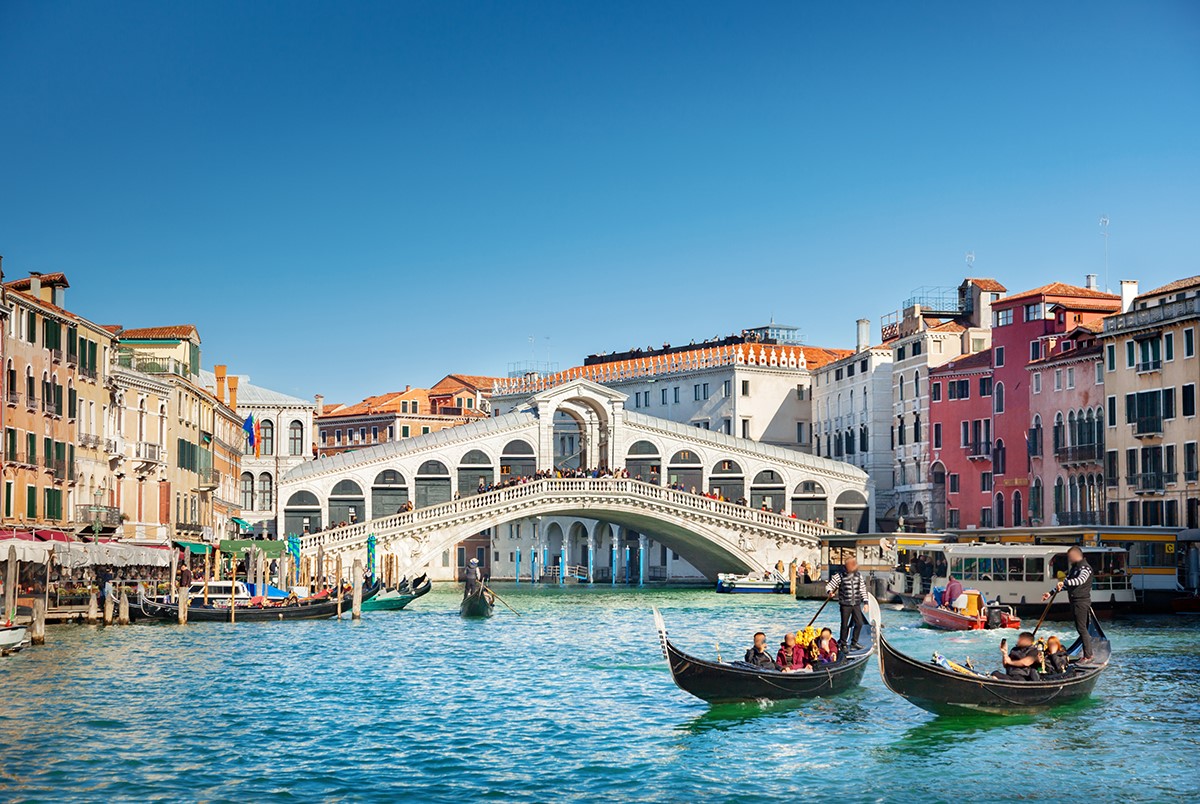What does it take to move to Italy?
For UK nationals, post-Brexit rules mean you’re considered non-EU. You can enter Italy visa-free for tourism for up to 90 days in any 180-day period, but if you plan to stay in Italy for longer to live, study, or work, you need a visa and then a residence permit (permesso di soggiorno).
Step one is to apply for your visa in your home country at an Italian embassy or consulate – typically the Italian embassy in London or the relevant consulate. Choose the type of visa that fits your purpose: a work visa (usually requiring a job offer and a nulla osta from your Italian employer), student visa, elective residence (live in Italy without working), family reunification, self-employment, or other categories. A digital nomad route was introduced in 2024 – always confirm visa requirements before you apply.
Once you arrive with the correct visa, you must apply for a residence permit within eight days of entry. The permesso di soggiorno is obtained via the post office “kit” and finalized at the Questura. After you receive your residence permit, register your residency with the anagrafe at your local commune. (EU citizens don’t need a visa but usually must register at the commune if they stay beyond 90 days.)
Two essentials make settling easier: the codice fiscale (tax code) and a local bank account. Your codice fiscale – issued by an embassy/consulate or the Agenzia delle Entrate – is needed to sign a lease, open a bank account, set up utilities, and access many services.
For healthcare, long-stay residents register with the Servizio Sanitario Nazionale (SSN), Italy’s public system. Employees contribute via payroll; others can enroll voluntarily for an annual fee. GHIC/EHIC helps for short tourist stays, but long-stay expats should get healthcare through SSN or private cover. Residents receive the tessera sanitaria.
Thinking of working? Opportunities cluster in the north (Milan, Turin, Bologna) with growing tech/design hubs; the south offers different prospects and lower costs. To find work, at least conversational Italian helps. If you’re moving to study, universities can sponsor a student visa; you then apply for a residence permit on arrival.
Long-term pathways: after residency and meeting timelines, you can consider Italian citizenship via naturalization (typically 10 years for non-EU) or potentially by descent.










